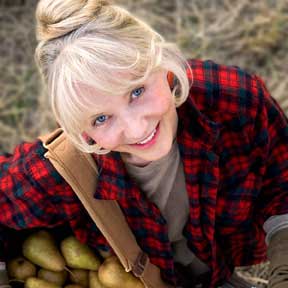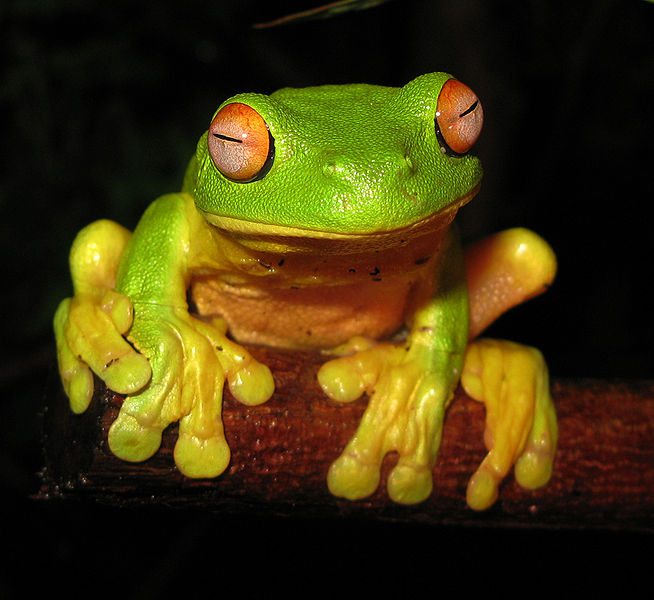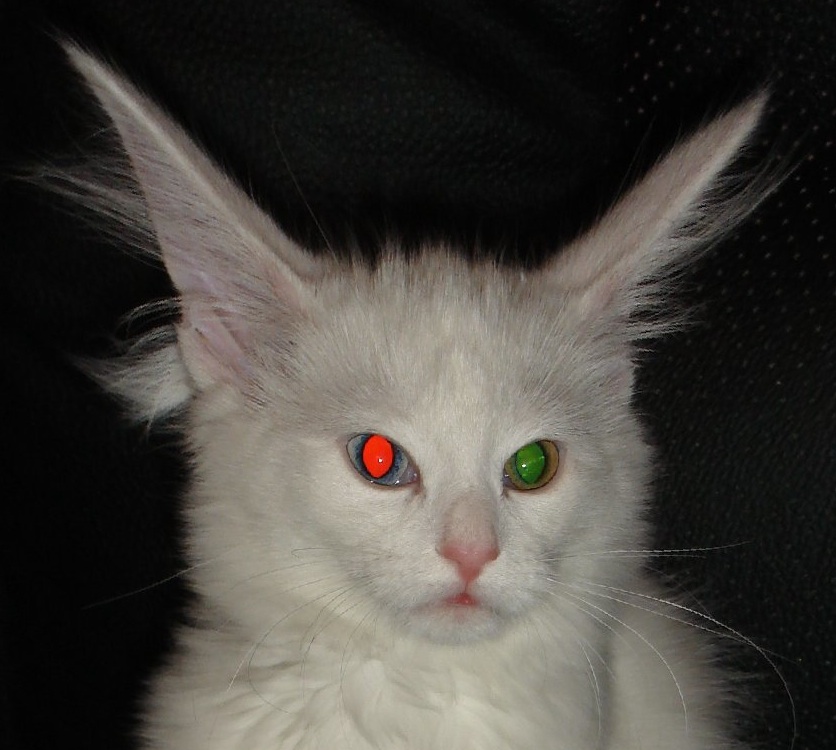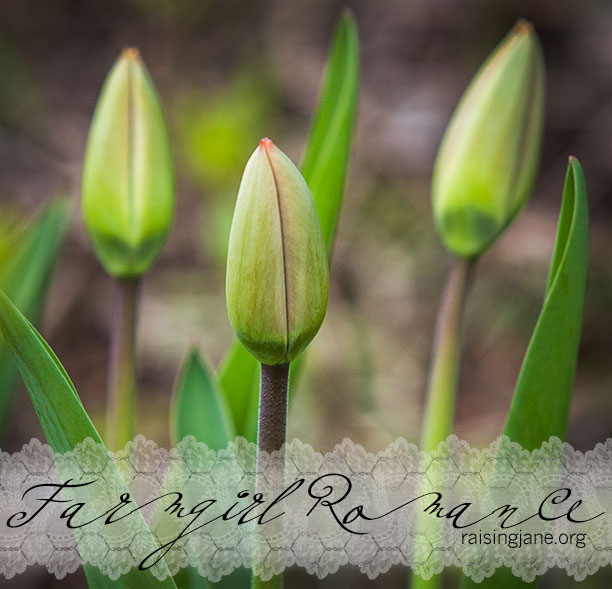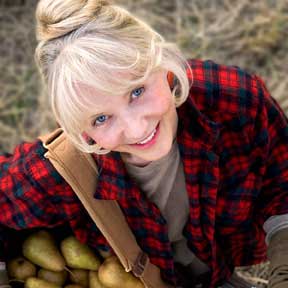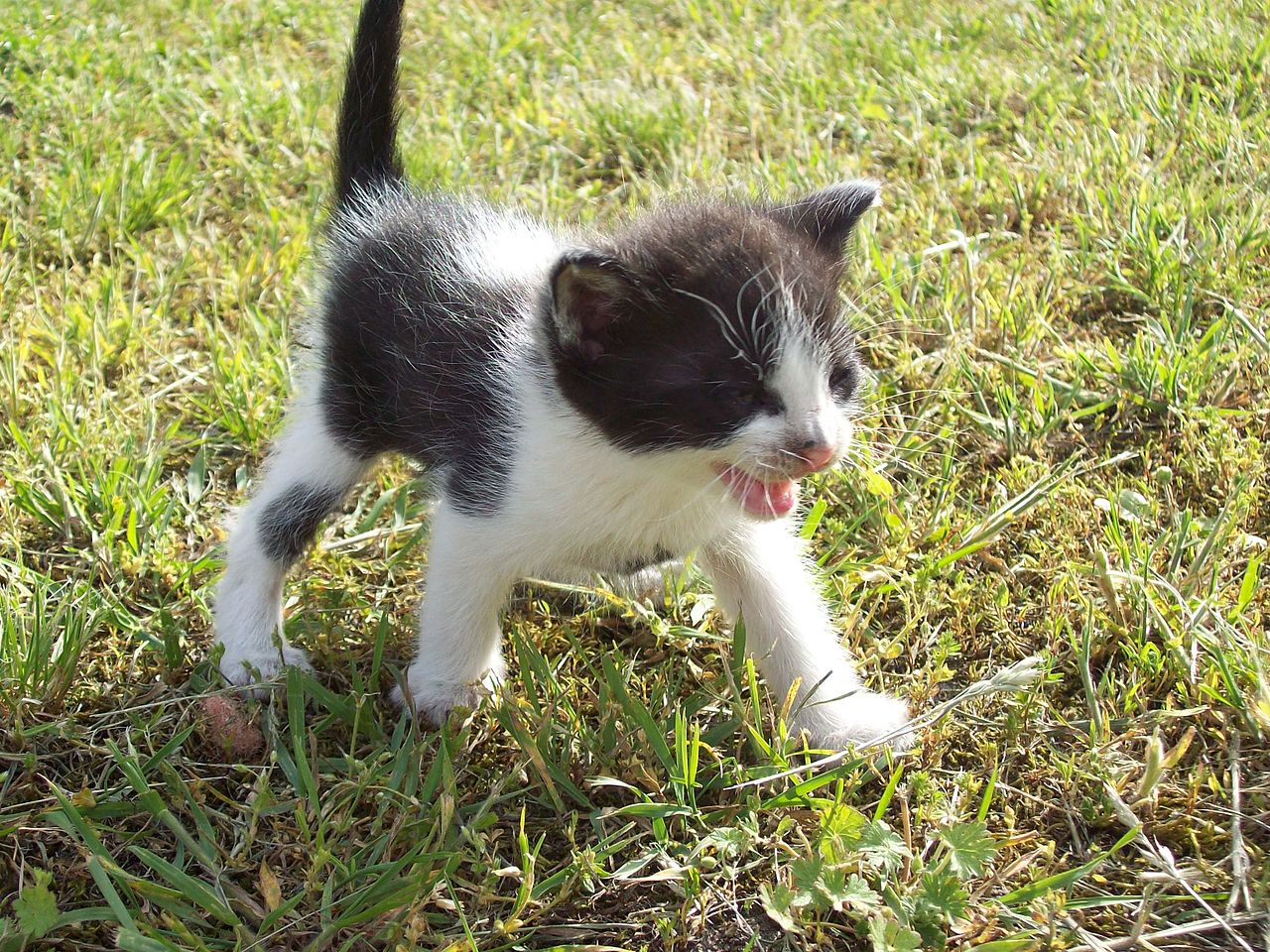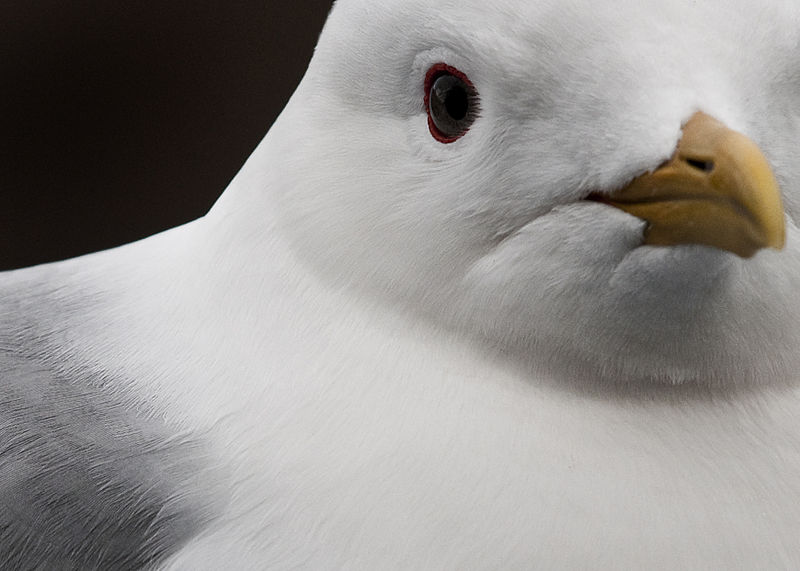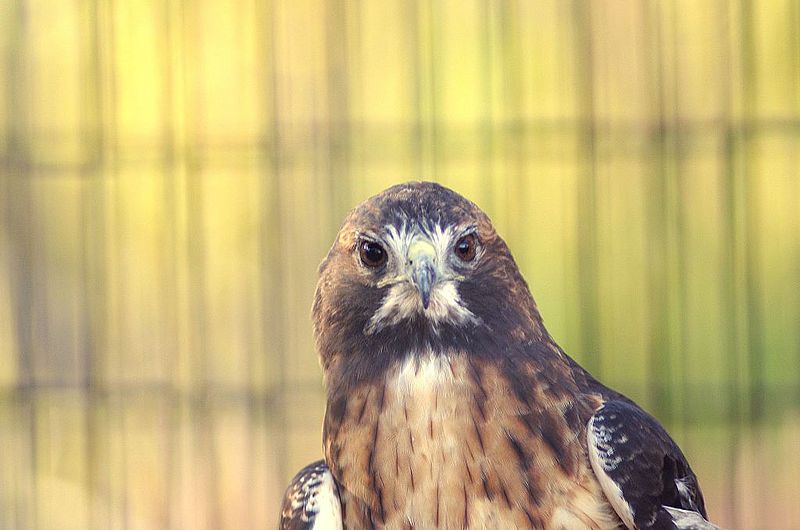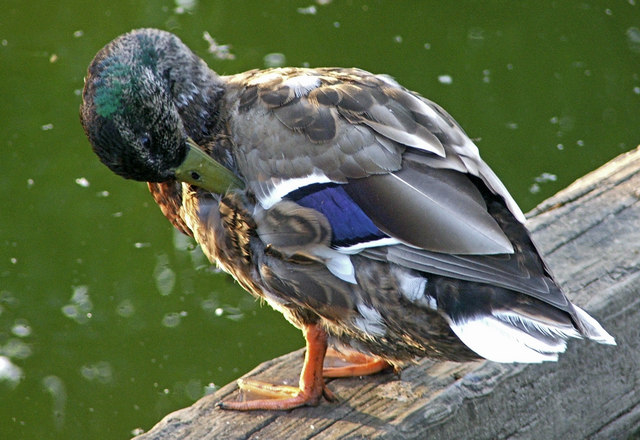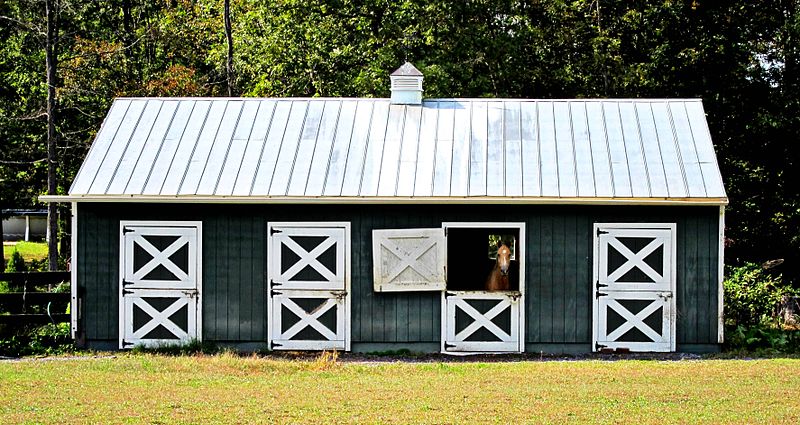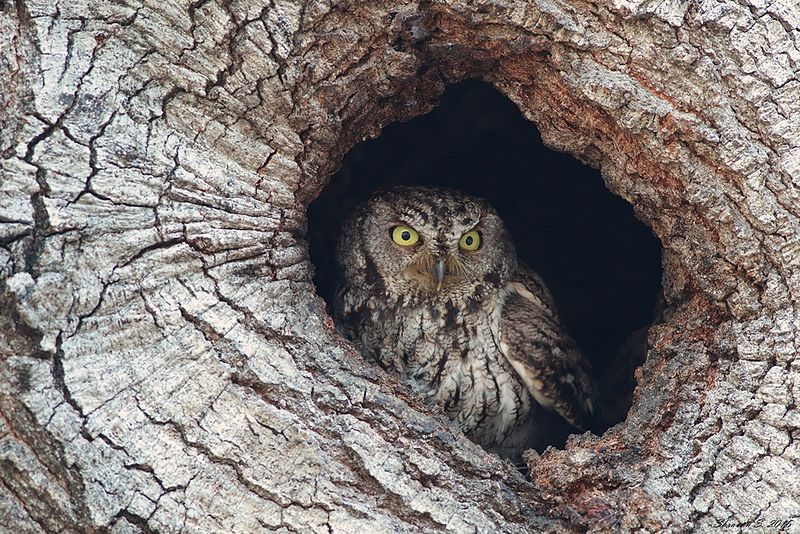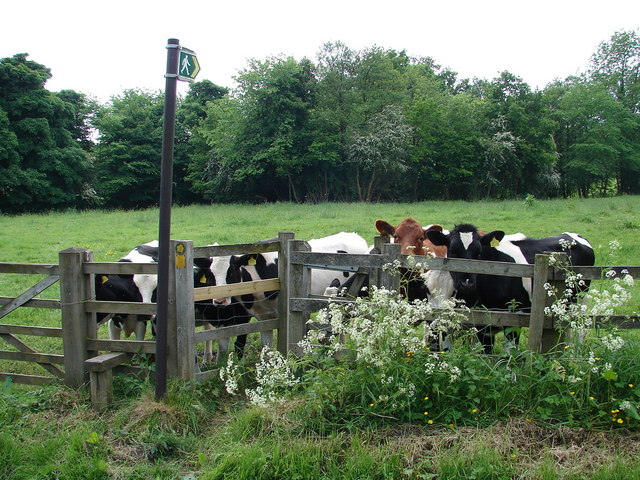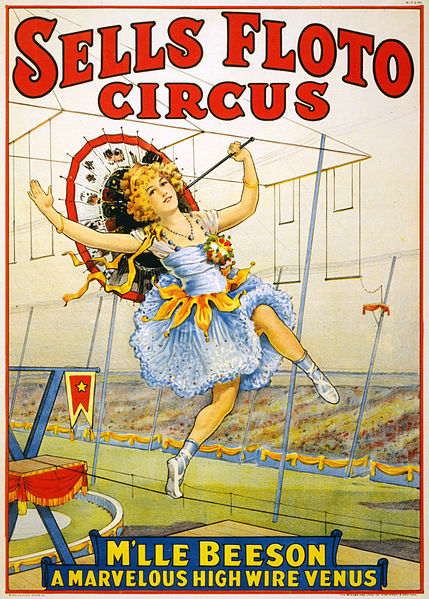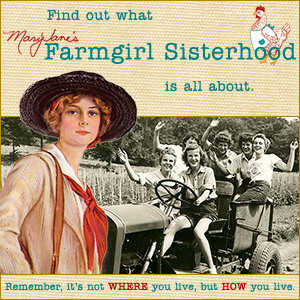Look closely.
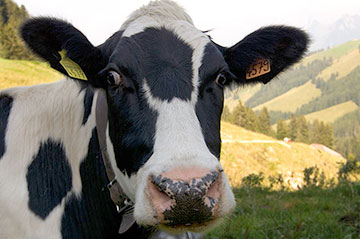
Photo by Fanny Schertzer via Wikimedia Commons
What do you suppose this dairy darling is thinking? Perhaps more to the point, how is she feeling?
Your guess is as good as mine, but I will tell you that I just scored pretty high on a quiz to determine emotional intelligence. Not that I’m bragging.
Interested?
Play along …
According to The Greater Good Science Center at the University of California, Berkeley, “Facial expressions are a universal language of emotion, instantly conveying happiness, sadness, anger, fear, and much more. Reading these expressions is essential to compassion and empathy.”
So, they came up with a quickie quiz to measure emotional intelligence.
Are you yawning … or laughing?
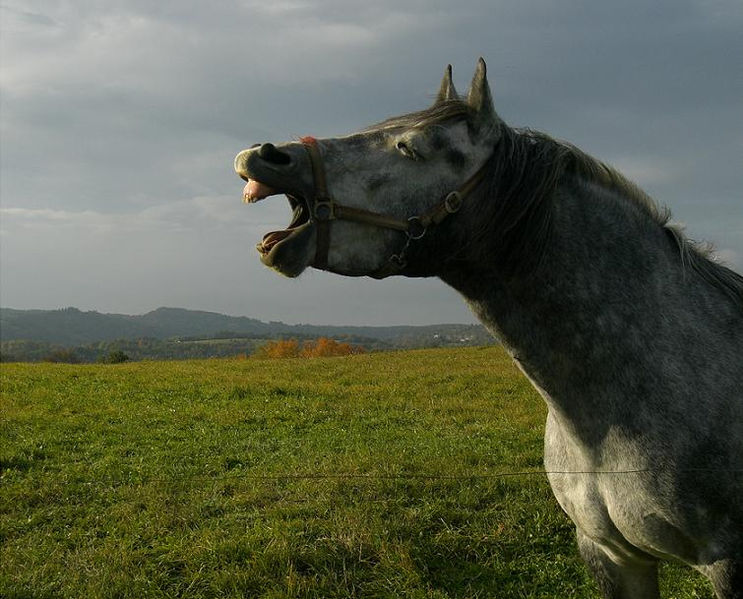
Photo by why 137 via Wikimedia Commons
Anyway …
Visit the quiz site and try to identify the emotion conveyed in each photo (there are 20). “Each answer will pinpoint the exact muscles involved in that emotion and explain the subtle differences between expressions,” explain the authors. “Some emotions appear more than once.”
This guy isn’t in any of the photos, but he looks pretty happy to me! What do you think?

Photo by Sam Photos8.com via Wikimedia Commons















































